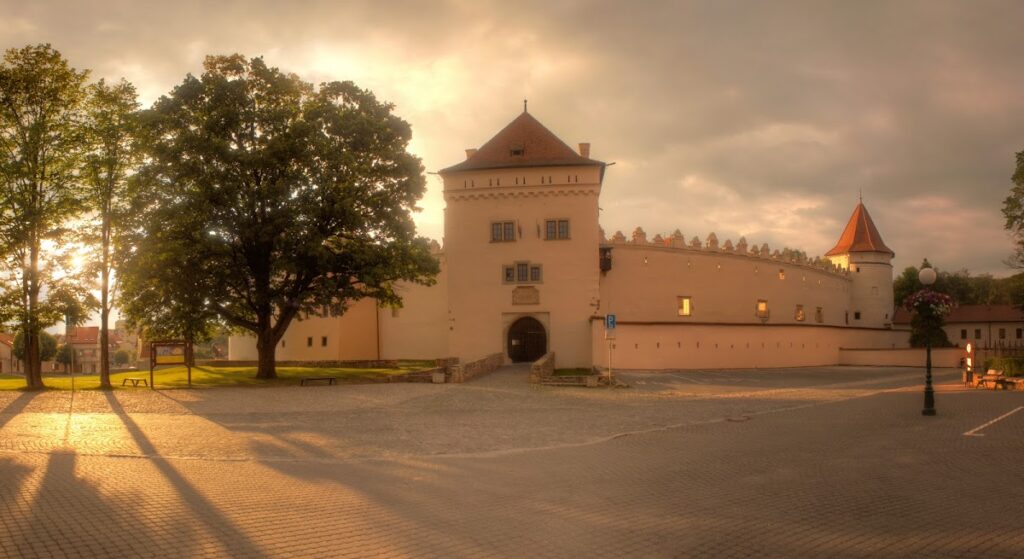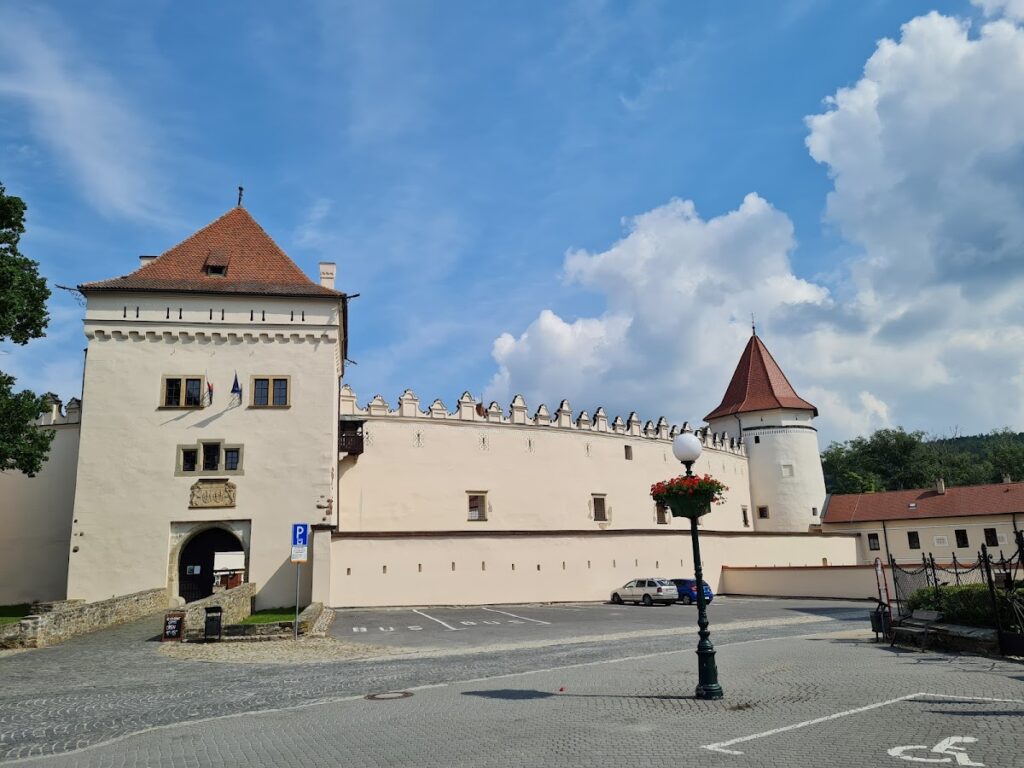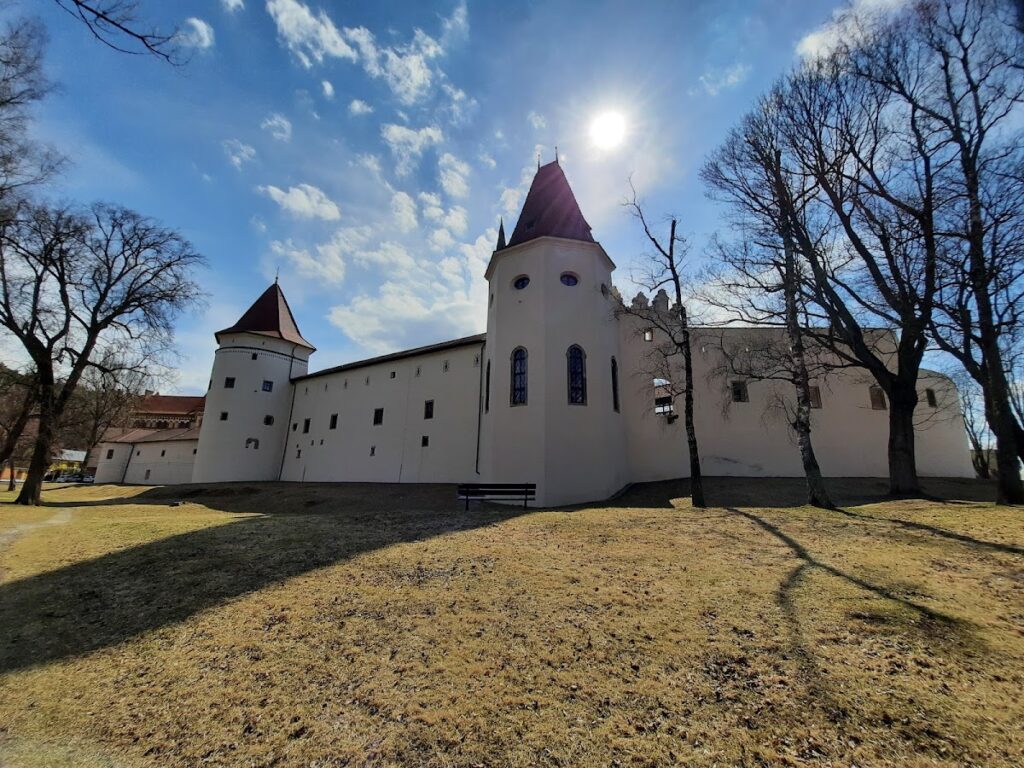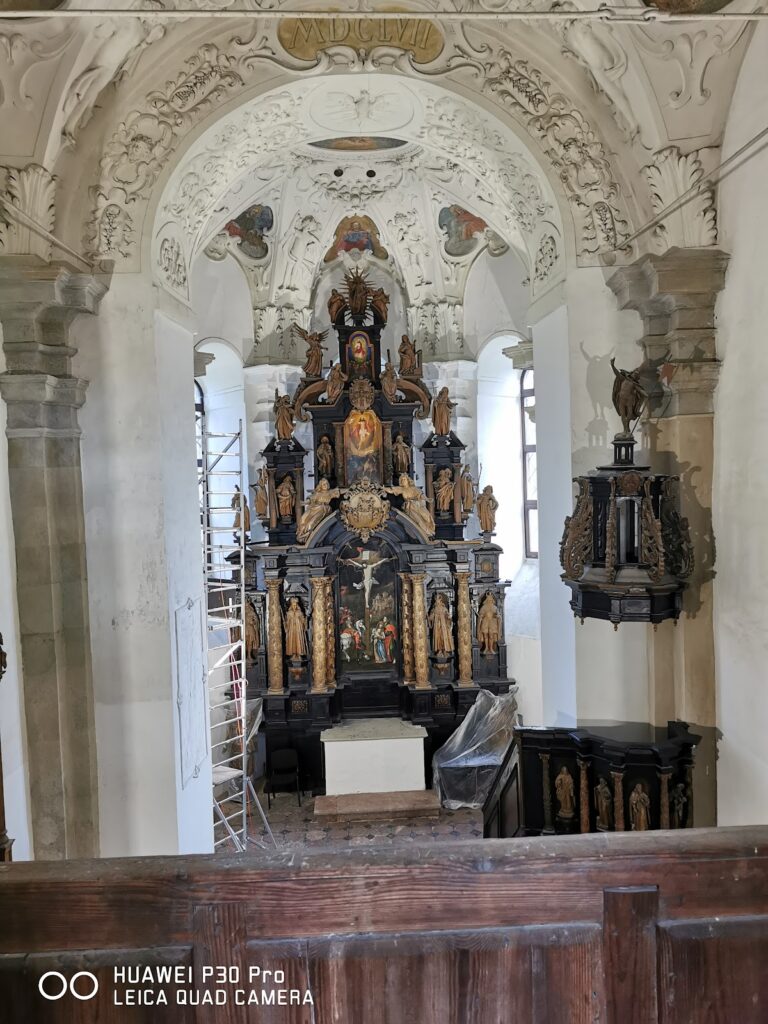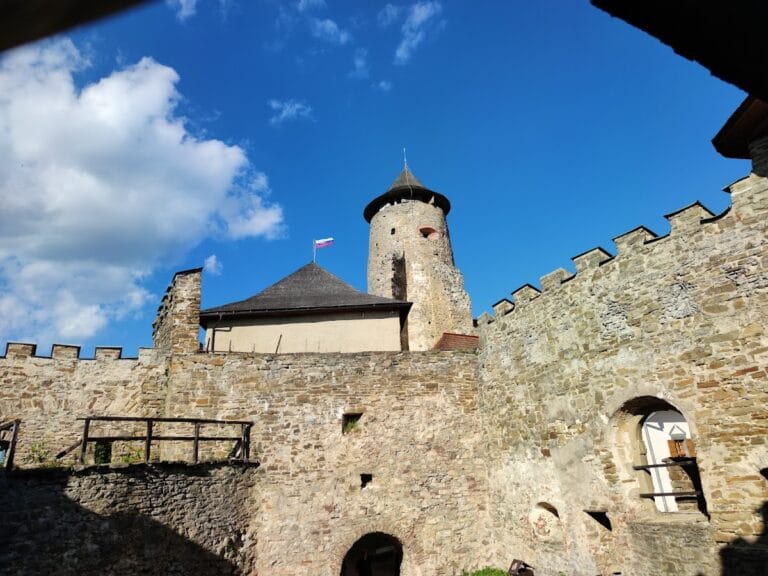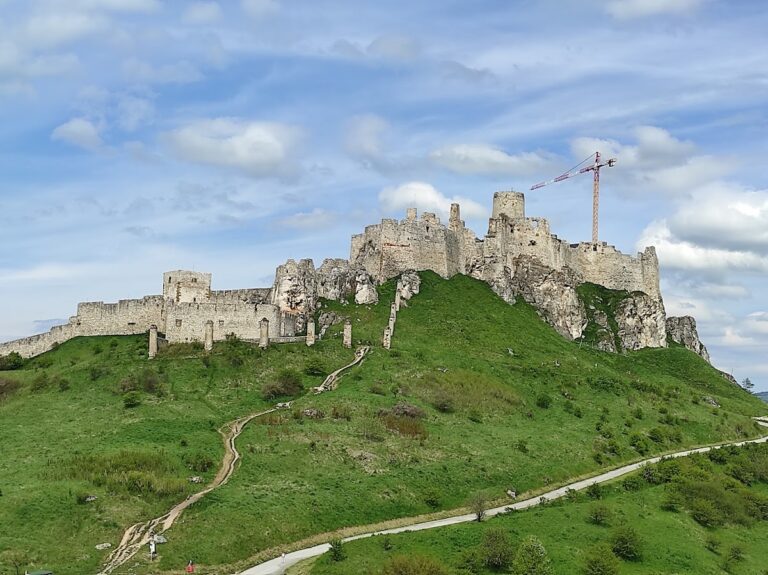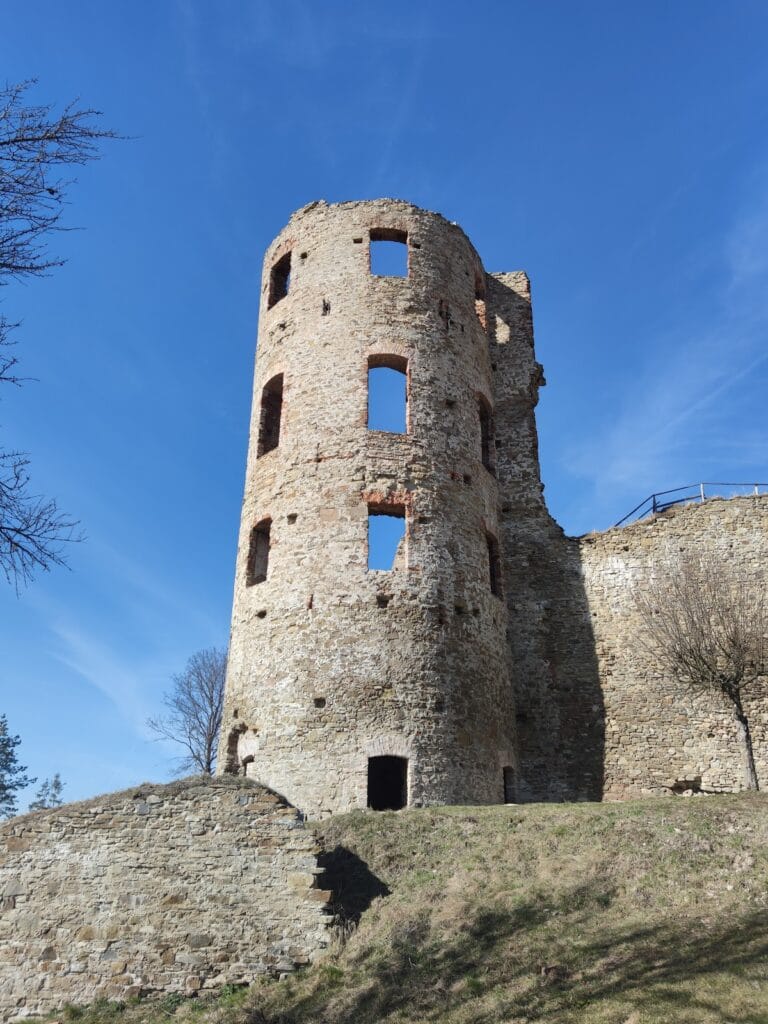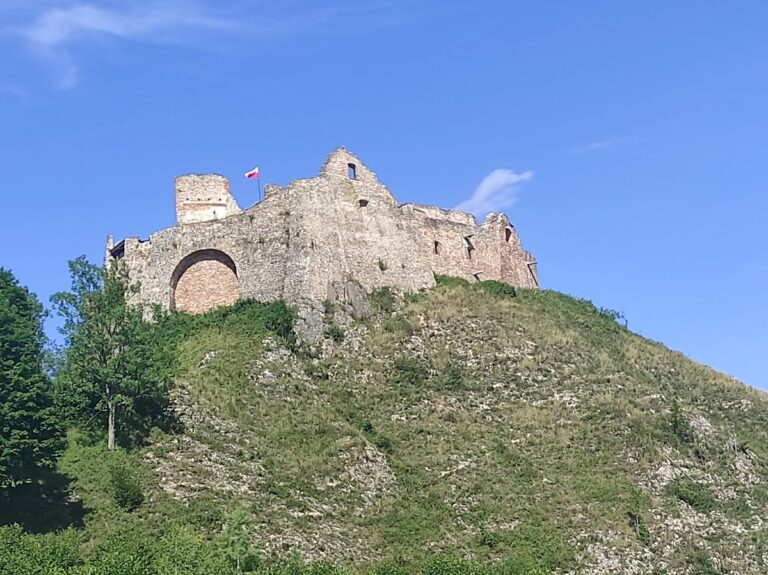Kežmarok Castle: A Historic Fortress and Museum in Slovakia
Visitor Information
Google Rating: 4.6
Popularity: Medium
Google Maps: View on Google Maps
Official Website: www.kezmarok.com
Country: Slovakia
Civilization: Unclassified
Remains: Military
History
Kežmarok Castle is situated in the town of Kežmarok, Slovakia. The location was originally settled during the early Iron Age by people associated with the Hallstatt culture and, later, the Puchau culture, indicating a long history of human presence before medieval times.
Before 1251, a church dedicated to Saint Elisabeth was established in the northeast part of the site, reflecting early religious activity in the area. A monastery followed in 1368, reinforcing the spiritual significance of the location. The castle itself enters historical records in 1447 when it was mentioned during a military occupation by Johann Giskra’s troops.
Ownership changed in 1462 when Emmerich Zápolya took control and initiated the construction of a Gothic castle shortly after 1465. This building phase was completed after 1486, involving the demolition of the earlier church. Over the following century, especially after the 1526 Battle of Mohács, the castle became a focal point in regional struggles, passing through several prominent hands including Johann Zápolya, Franz Battyány, Hieronymus Łaski, Hans Rueber, Stanislaus Thurzo, and ultimately to Stephan Thököly by 1584.
The Thököly family maintained possession for four generations, transforming the fortress into an ornate Renaissance residence. Notable renovations were undertaken in 1628 and 1658, the latter marking the addition of a richly decorated Baroque chapel. After Emmerich Thököly’s failed uprising against Habsburg rule, imperial authorities confiscated the castle in 1687 and sold it to Count Ferdinand Rueber.
By 1720, after Rueber’s death, the town of Kežmarok successfully negotiated to acquire the castle and its surrounding estates. The castle was then adapted for various economic uses by the municipality, but it suffered significant damage from fires in 1741 and 1787. Three wings were left unreconstructed. During the 19th century, parts of the western walls were removed to build military barracks, and former stables were converted into a city hospital.
A further fire in 1901 led to restoration efforts by Hungarian heritage specialists, resulting in a Romantic-style appearance. In 1931, one of the castle’s towers was repurposed as a municipal museum. During the Second World War, the Gestapo used the castle as a detention site, where several partisans were executed. From 1962 to 1985, extensive archaeological research and conservation projects were carried out. Today, the castle serves as a museum showcasing the history of Kežmarok and its former ruling families.
Remains
Kežmarok Castle occupies an area integrated into the town’s northern defensive walls, near the left bank of the Ľubica River. Its overall shape approximates an irregular oval, with living quarters and service buildings aligned along the defensive perimeter. The original construction reflects Gothic style, including a gate tower and bastioned walls, designed for defense and surveillance. Notably, materials salvaged from the demolished Saint Elisabeth church were reused in the castle’s construction, demonstrating practical adaptation of older structures.
The north wing underwent significant rebuilding in the 17th century, transforming it into residential accommodations, with the main entrance redesigned during this period. The defensive walls received Renaissance-style roofs decorated with attics and sgraffito—artistic plaster work that creates decorative patterns by contrasting layers of plaster. The northwest defensive tower was converted around 1658 into a Baroque chapel, richly adorned with stucco decorations crafted by Italian artists, highlighting the castle’s evolving religious function and artistic influences.
To the east of the main palace, horse stables were constructed, featuring illusionistic sgraffito revealed on the facade during examinations in the 1970s. These decorative elements are noteworthy for their artistic complexity and contribute to the understanding of the castle’s economic role. Following destructive fires and structural changes in the 18th and 19th centuries, three wings of the castle remained unrestored, and sections of the western walls were removed to make way for barracks. The stables were converted into a city hospital, indicating adaptive reuse in response to civic needs.
Restoration efforts have preserved key elements such as towers, curtain walls, and interiors, allowing the castle’s chapel and other significant features to remain accessible as part of the museum complex. These preserved structures reflect the castle’s layered history of military, residential, religious, and civic uses spanning several centuries.
